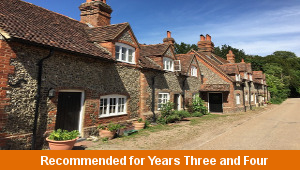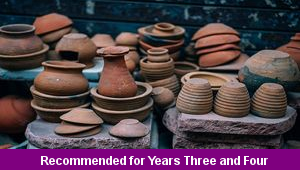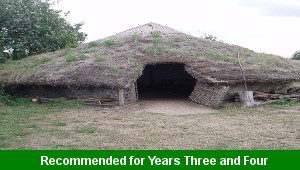Lesson Five – Changing Circuits

This science teaching pack for Key Stage Two gets the children to investigate and illustrate some of the different ways of changing and controlling devices using electrical circuits for a range of specific functions.
The class can explore and record what happens when altering the number and position of components in an electrical circuit used to power a selection of different bulbs.
Download this teaching pack including a lesson plan, classroom activities and an interactive presentation to investigate and illustrate some of the different ways of changing and controlling devices using electrical circuits for a range of specific functions
Activities in this teaching pack include display posters to identify and describe how different bulbs can function in an electrical circuit and a worksheet to investigate and illustrate how to change the brightness of a bulb in an electrical circuit by altering and changing components.
The interactive presentation gets the children to explore different ways of changing and controlling a range of devices using electrical circuits.
This lesson is part of a science scheme of work to get the children to identify and record how to build a range of electrical series circuits to control and manage devices and components for different functions and outputs. There are teaching activities for shared learning, differentiated worksheets to support independent learning and interactive presentations to introduce concepts and key skills.
-

Cities, Towns and Villages
Research and present the history of a range of different buildings and people that are part of the local community using a school exhibition
-

Recycling
Research and present some of the benefits and disadvantages that can be produced when recycling different materials at home and in school
-

Viking Pots
Develop and refine a range of different art and design techniques when working with clay to make pots that represent Viking culture and traditions
-

Bronze Age
Research and illustrate how life in Britain developed and changed during the Bronze Age including the growth of communities and trade
